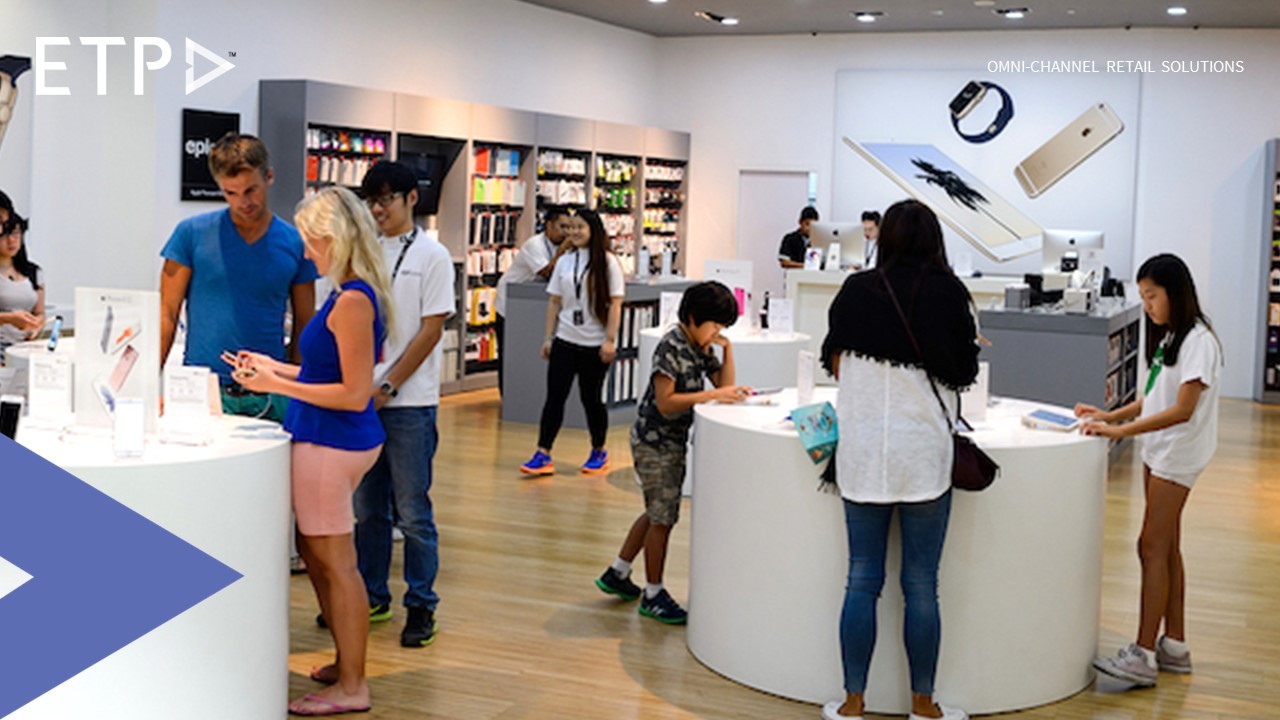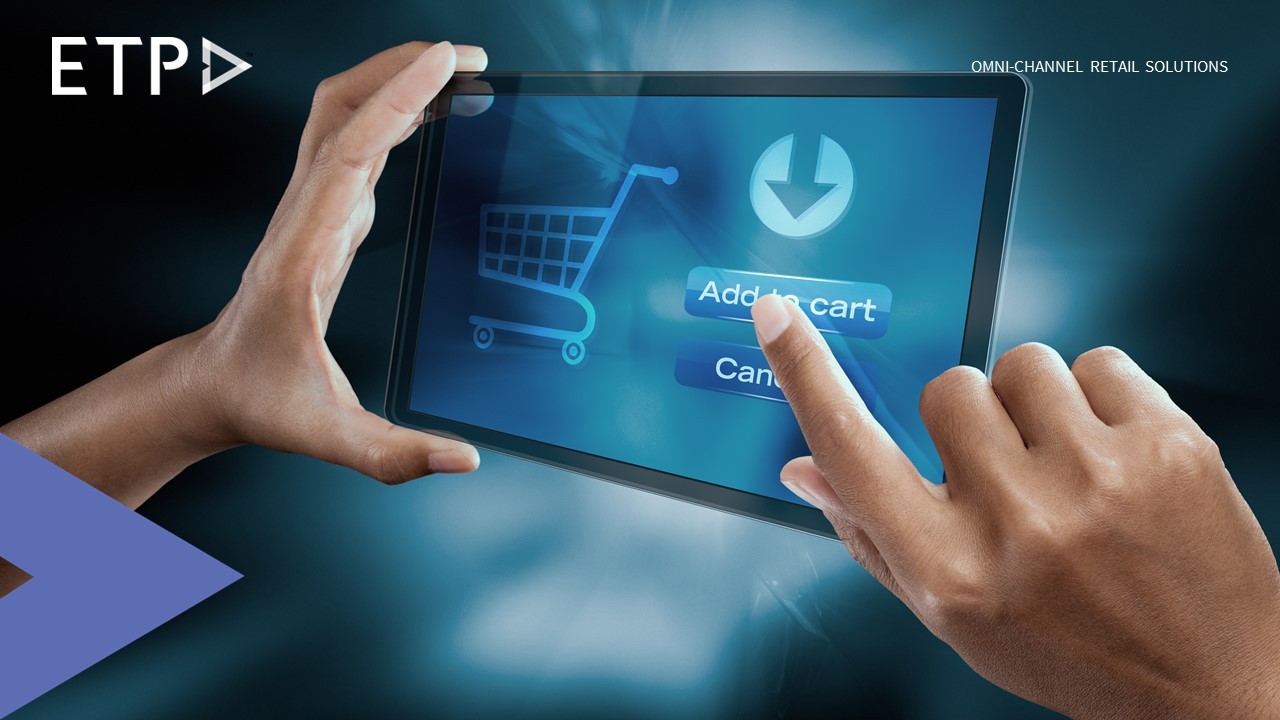
The retail markets across the globe are becoming increasingly competitive for 2 major reasons. On the one hand technology has disrupted the industry in multiple ways and on the other hand customers shopping behaviors have changed dramatically. Additionally, both these factors are influencing each other to further pose more challenges and create opportunities for retail businesses. In this intensely competitive scenario, retail brands need to differentiate themselves so that they emerge winners.
Below are 3 important factors that can help retail brands differentiate themselves:
Supply chain –
Simply put, getting the customer what they want and where they want it is a serious concerns for most retailers as the complexity of processes and operations increase with the different channels and random ways the customer goes about shopping and ordering products. New omni-channel fulfillment options such as click and collect or BOPIS, endless aisles, reserve online and pick-up in-store, and a few other combinations have emerged over the last couple of years. Moreover, same day delivery, drone delivery, collection from preferred location, anywhere returns, and so on, have also come to the fore lately. Offering these fulfillment options requires retailers to have a solid supply chain system that can reduce the chances of stock-outs, damages and other potential risks. Thus it is important for retailers to focus on the supply chain and use technology to optimize it so that there is a smooth flow of the product from manufacturing to the consumer.
Customer relationship –
As stated earlier, technology has influenced the shopper. Customers today are more informed and demanding than about a decade ago. In addition to that, they are spoilt for choice thanks to the variety in products, different channels of shopping, payment methods and accessibility to information. The customers are on the driving seats and retail brands need to be ready to fulfill the demands of the customer on their terms. This will be possible only if companies keep their customers at the focal point in the business. They will have to build deep and long lasting relationships with the customer and take appropriate efforts to understand and know their customers’ preferences. Using technology to capture and analyze customer related data and with proper customer segmentation and profiling, retailers will be able to design and create tailored offerings to the customers in terms of products and related services.
Marketing and branding –
It is a no brainer that if retailers are not able to get their marketing right, they won’t be able to click. Retail companies are pumping in huge investments and efforts into their marketing and branding strategies and execution. But with so much noise around it is difficult to get noticed. In order to stand out, retail brands must adopt for a unity in diversity approach. Firstly have uniform branding and messaging, secondly identify platforms where their customers are most likely to be and thirdly promoting the brand message across these platforms will help retailers reach the desired audience with higher chance of conversions. Taking this to the next level by designing and creating offers and promotions that are hyper personalized, localized and unique will have customers wanting for more. As customer attention spans are small, retailers need to get their act together and render the maximum impact in a short time.
Also Read: What Retailers Need To Understand About The Omni-Channel Customer Experience




